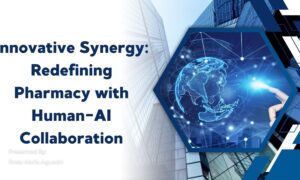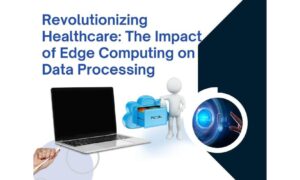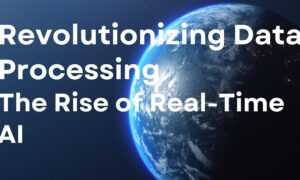In this digital era, integrating human intelligence with artificial intelligence (AI) at the edge revolutionizes data processing. Chandrasena Cheerla highlights groundbreaking innovations in edge computing, where human expertise and AI efficiency converge to create smarter, context-aware systems. This fusion redefines data processing, prioritizing adaptability, precision, and a human-centric approach.
Merging Human Expertise with AI Precision
The traditional divide between human intelligence and AI is evolving into a seamless collaboration, where each complements the other’s strengths. Innovations in this space focus on harnessing human contextual understanding alongside AI’s unmatched computational power. These hybrid models move beyond simple automation, incorporating human insights directly into decision-making processes. This partnership enhances AI systems by making them not only more accurate but also adaptable to the complexities of real-world scenarios.
By embedding feedback loops from humans into AI models, these systems continuously learn to align with specific organizational objectives, ethical standards, and situational nuances. This integration fosters trust, reliability, and usability, transforming AI from a mere tool into a collaborative partner in solving dynamic challenges.
Edge Computing Evolved
Edge computing has traditionally excelled in processing data closer to its source, reducing latency and enhancing efficiency. Recent innovations take this further by integrating AI directly into edge devices, transforming edge computing from a logistical tool into a strategic powerhouse.
With AI-enabled edge computing, real-time data analysis and decision-making become possible without centralized processing. This capability proves invaluable in scenarios demanding immediate responses, such as industrial automation or autonomous vehicles. By decentralizing intelligence, these systems save bandwidth, enable autonomous operations, and maintain the option for human oversight when needed.
Intelligent and Ethical Decision-Making
One of the standout features of these innovations is the incorporation of ethical frameworks into AI systems at the edge. While speed and efficiency are critical, so too are considerations of privacy, fairness, and societal impact. By embedding ethical guidelines into AI models, systems can make decisions that are not only technically sound but also socially responsible.
This approach is particularly relevant in sensitive data applications, such as healthcare and public safety. For instance, an AI system analyzing medical data at the edge can prioritize patient privacy while delivering accurate diagnostic insights. Similarly, systems used in urban surveillance can balance security needs with the ethical imperative of minimizing invasions of privacy.
Transformative Applications Across Industries
The innovations discussed have implications that extend across multiple industries. In manufacturing, AI-driven edge computing can optimize production lines, reducing waste and improving quality control. In healthcare, wearable devices equipped with edge AI can monitor patients’ vital signs in real time, alerting medical professionals to potential emergencies without compromising personal data security.
These advancements will also benefit the smart city revolution immensely. From traffic management to energy optimization, edge computing enables municipalities to make data-driven decisions instantly. By analyzing data locally, cities can reduce reliance on cloud infrastructure, making their systems more resilient to outages and cyberattacks.
Overcoming Challenges with Collaboration
While the potential is immense, implementing human-AI collaboration at the edge comes with challenges. Ensuring seamless integration between human inputs and machine outputs requires sophisticated algorithms and intuitive interfaces. Moreover, scaling these systems to operate across diverse environments demands rigorous testing and fine-tuning.
Innovative solutions are emerging to address these challenges effectively. Advances in natural language processing allow for seamless, intuitive communication between humans and machines, enhancing usability and accessibility. Simultaneously, robust security measures safeguard data integrity and confidentiality, ensuring trust in AI systems. These advancements highlight the critical role of interdisciplinary collaboration, combining expertise from engineering, ethics, and beyond, to create innovative and responsibly designed systems.
The Road Ahead: A Smarter Future
These innovations promise a future where data processing is smarter, faster, and ethical. By decentralizing intelligence through edge computing, systems can tackle complex challenges, make real-time decisions, and drive transformative advancements across healthcare, urban planning, industrial automation, and beyond.
In conclusion, Chandrasena Cheerla emphasizes that the future of data processing hinges on collaboration between human insights and machine intelligence. These innovations address current challenges while paving the way for a smarter, more responsible digital ecosystem, driven by a steadfast commitment to ethical progress and technological advancement.



































